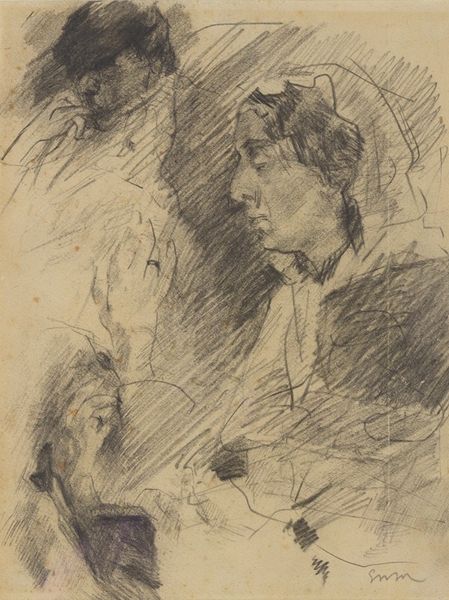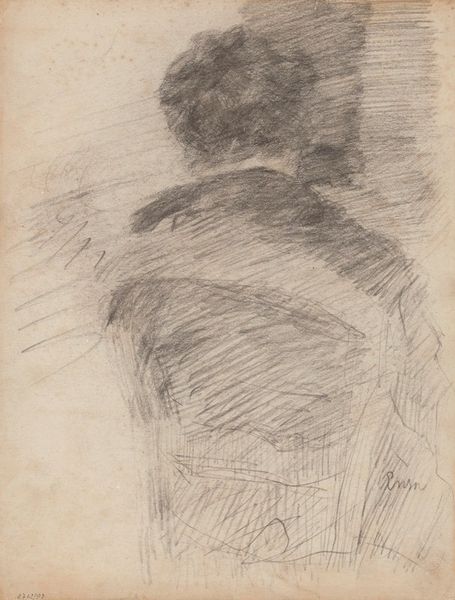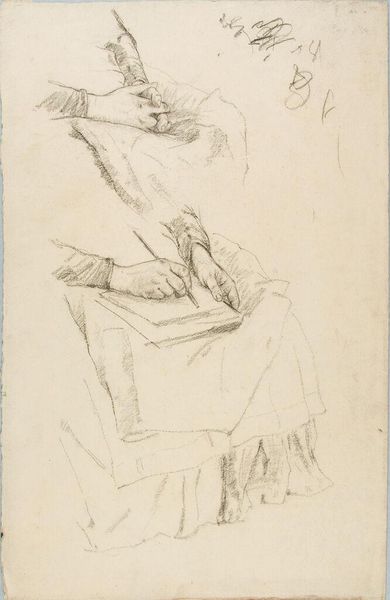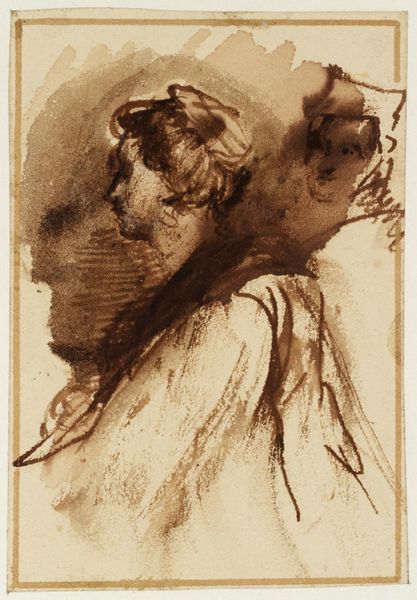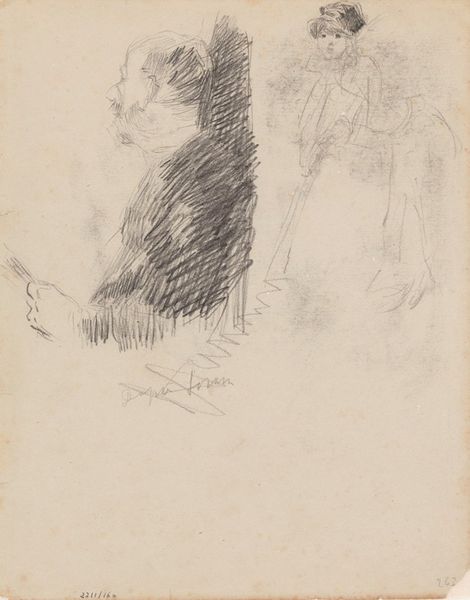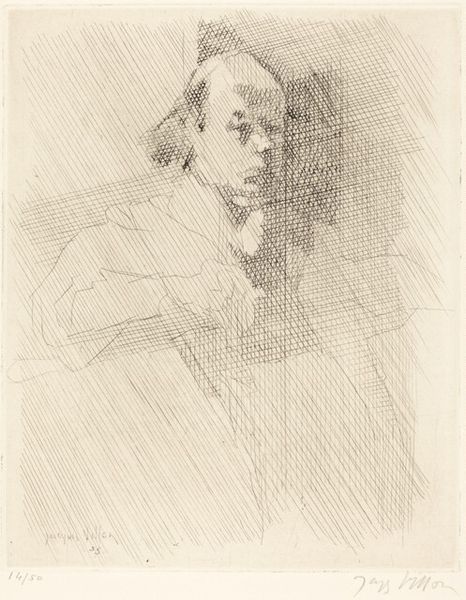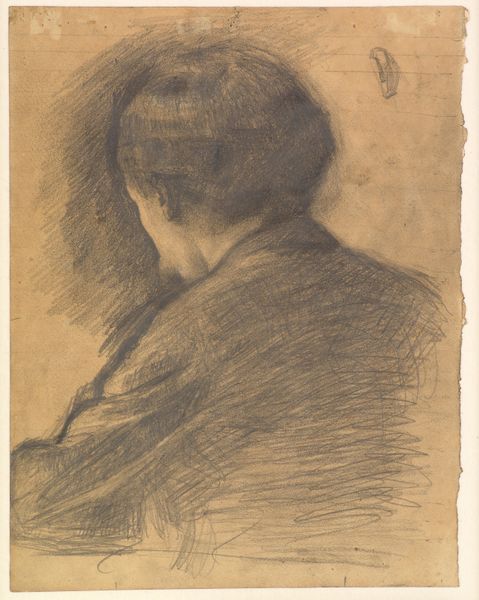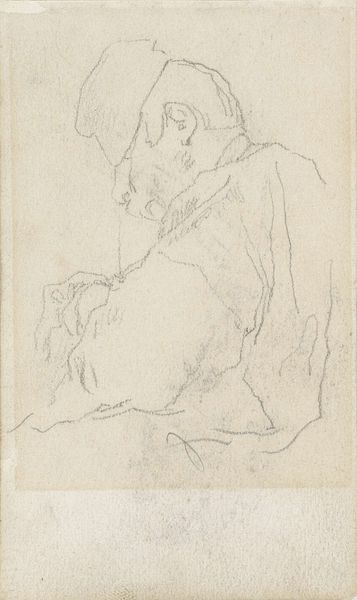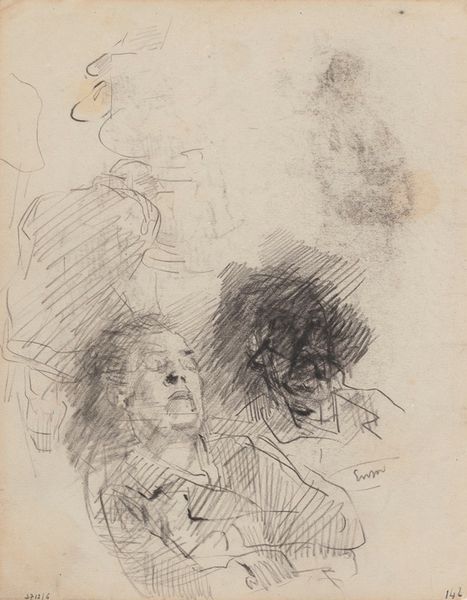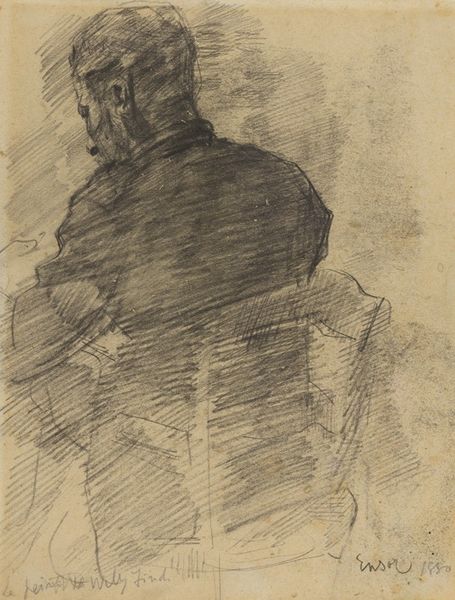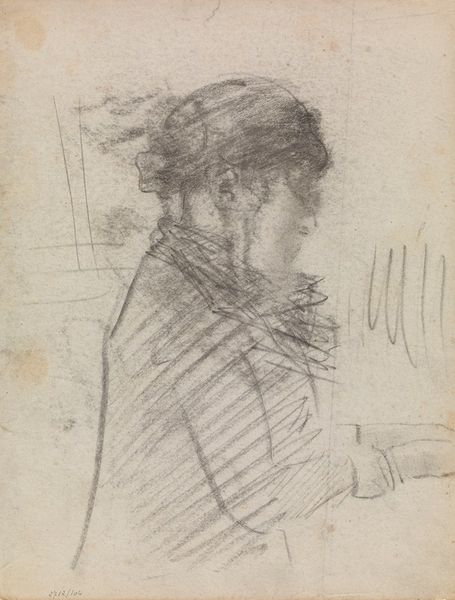
drawing, pencil
#
portrait
#
drawing
#
impressionism
#
pencil
Copyright: Public Domain: Artvee
Editor: This is "Mother of Ensor, Hands and Foot," a pencil drawing from 1880 by James Ensor. It has this unfinished quality, a certain intimacy almost like glimpsing a private moment. How might we interpret this depiction of his mother through a historical lens? Curator: The intimacy you mention is key. Ensor’s choice of his mother as subject, depicted with such raw honesty, challenges the traditional, idealized portrayals of motherhood prevalent in 19th-century academic art. The work almost feels like a subversive act, dismantling public expectations about domestic life. Editor: So it’s pushing against the idea of motherhood presented by institutions at that time? Curator: Precisely! Consider the social context: the rise of bourgeois values, where the mother was positioned as the moral center of the home. Ensor's drawing subverts this. The sketchy lines and unconventional composition—focusing on her hands and foot as much as her face—convey a sense of unease, almost rebellion. The drawing becomes a form of social commentary, questioning the very foundations of the domestic sphere as constructed by societal expectations. How do you see this challenge reflected in the visual elements? Editor: The fragmented portrayal, the parts more than the whole, makes me feel like her identity extends beyond that idealized role. This was more insightful than I originally anticipated. Curator: Absolutely. It compels us to consider the power dynamics embedded within familial representation. The image highlights not just the identity of his mother but also raises crucial points about the status of domesticity at the time.
Comments
No comments
Be the first to comment and join the conversation on the ultimate creative platform.
